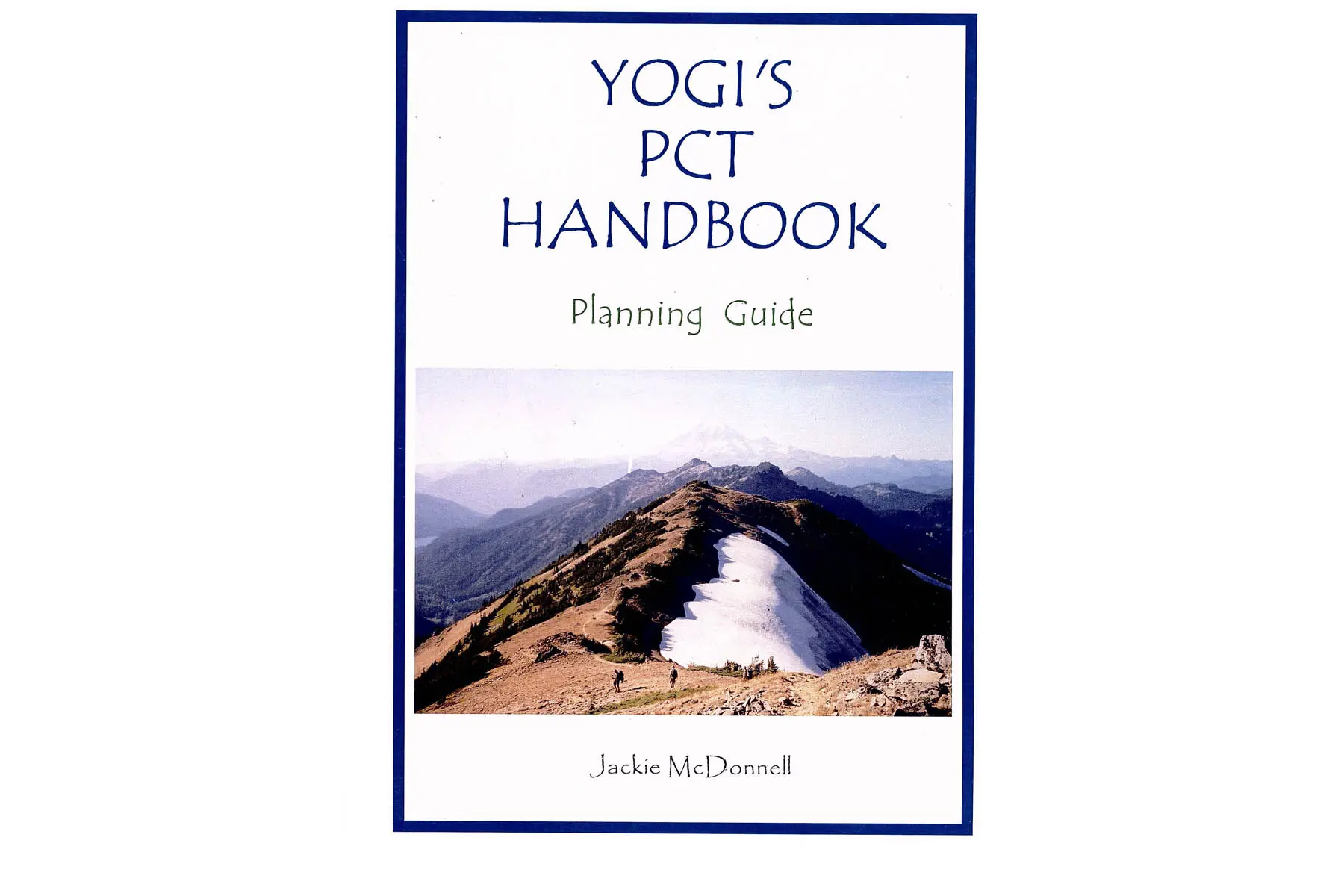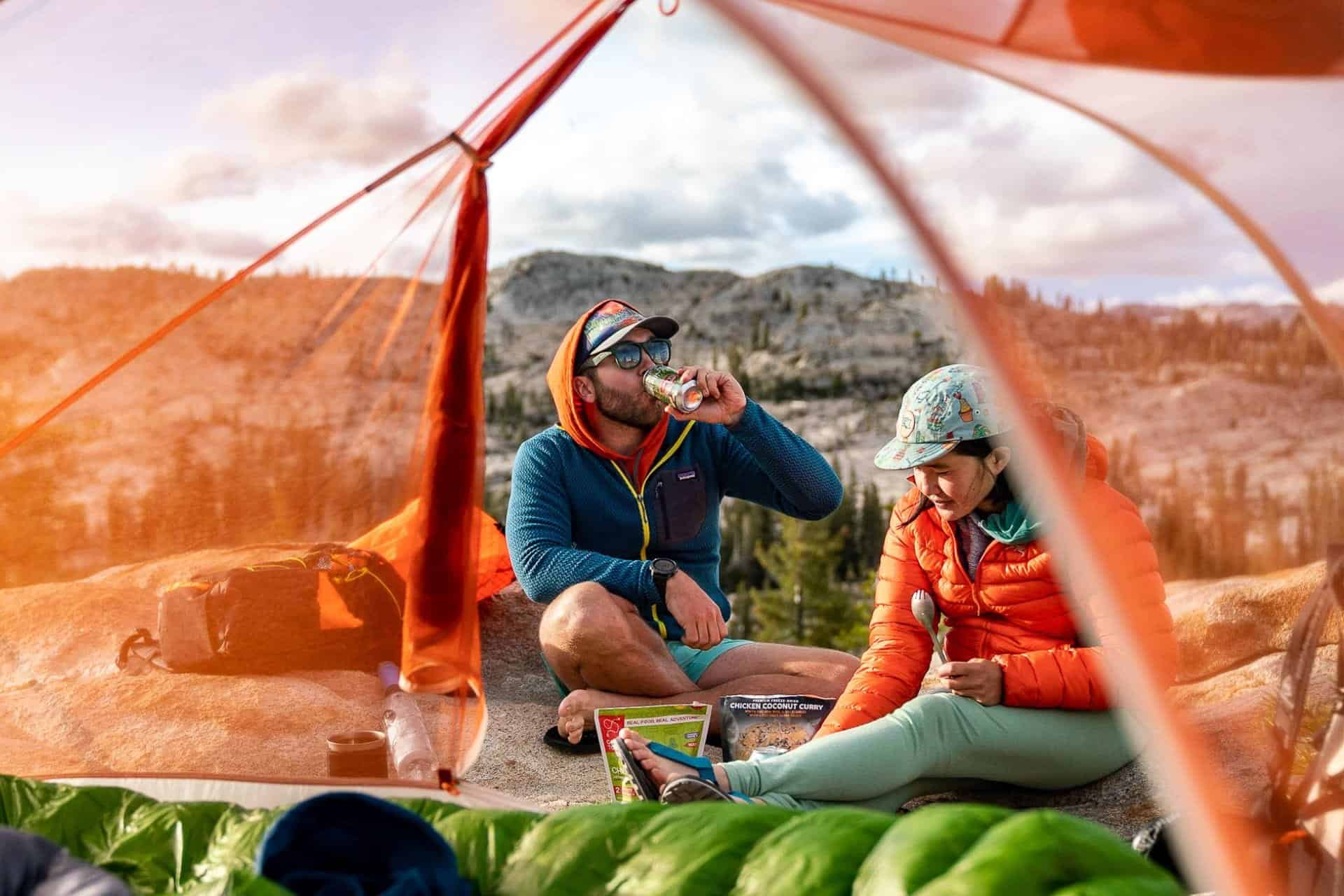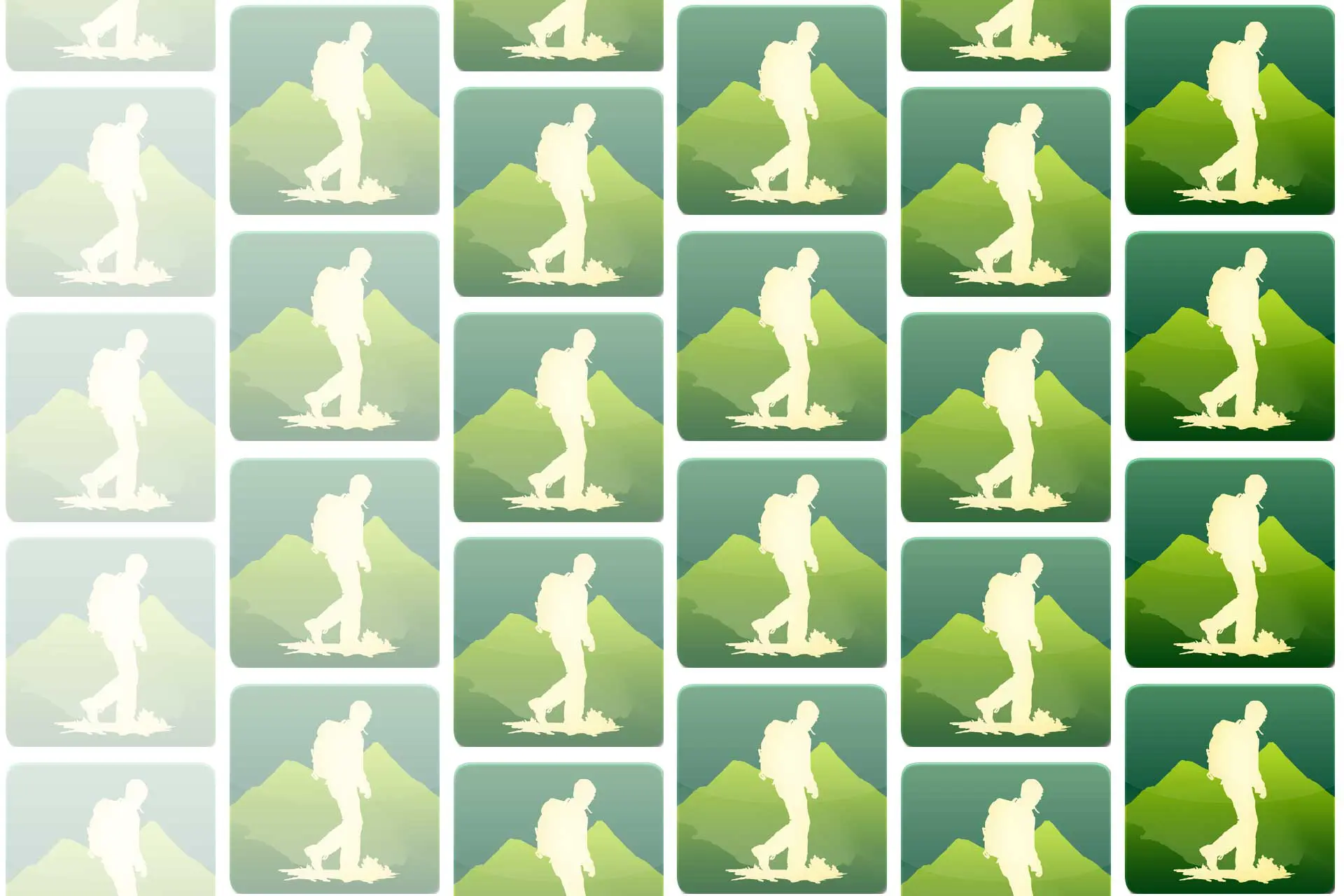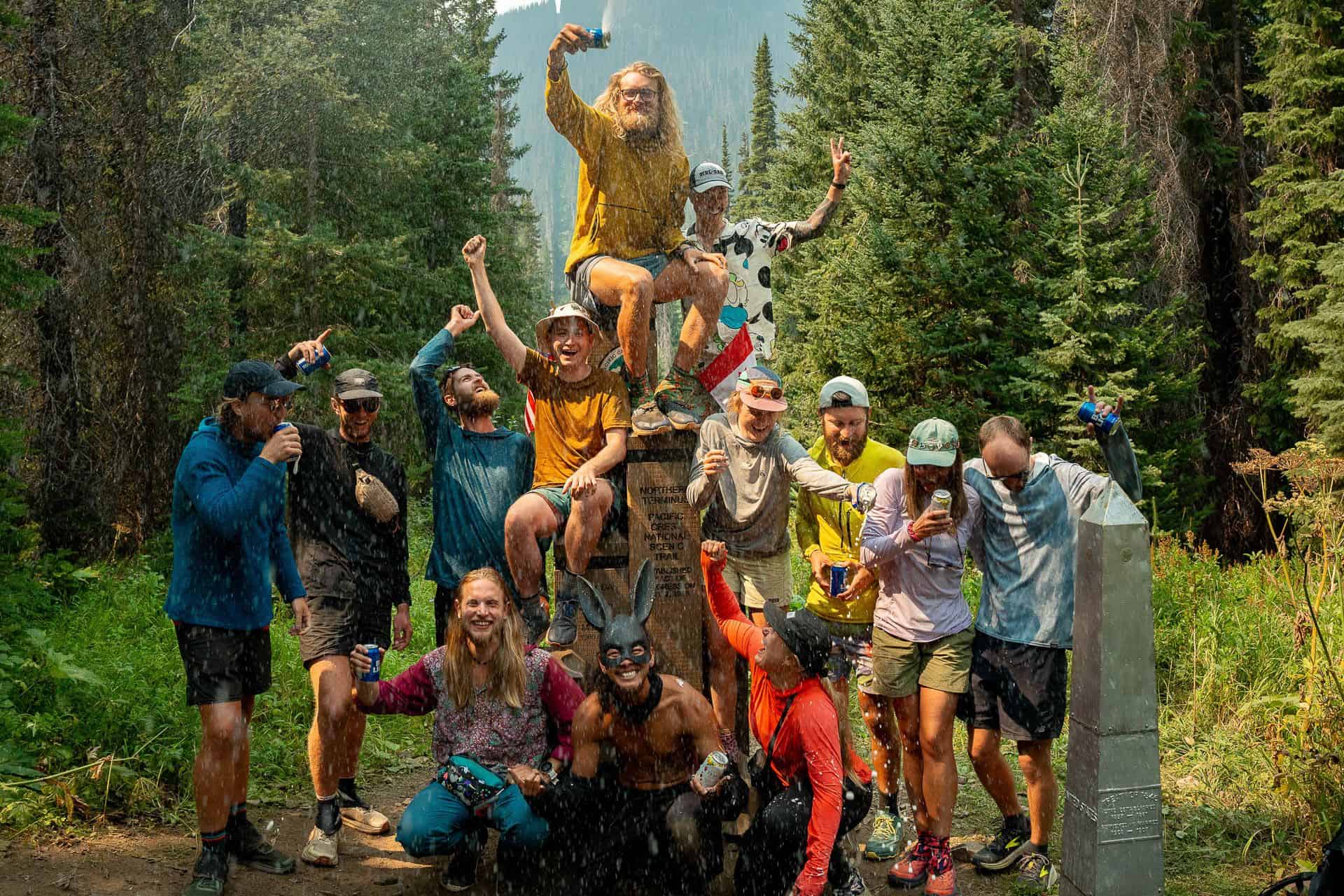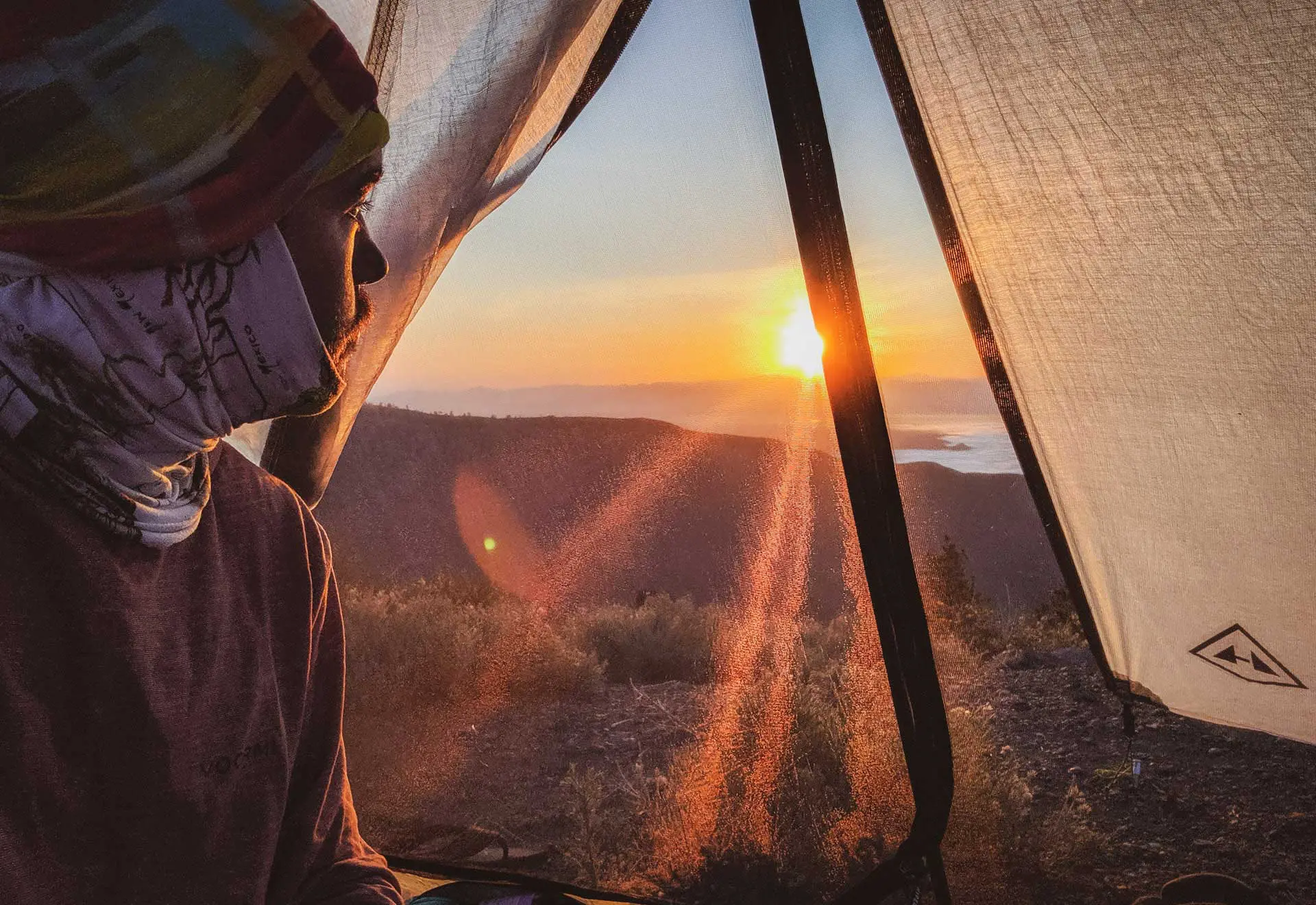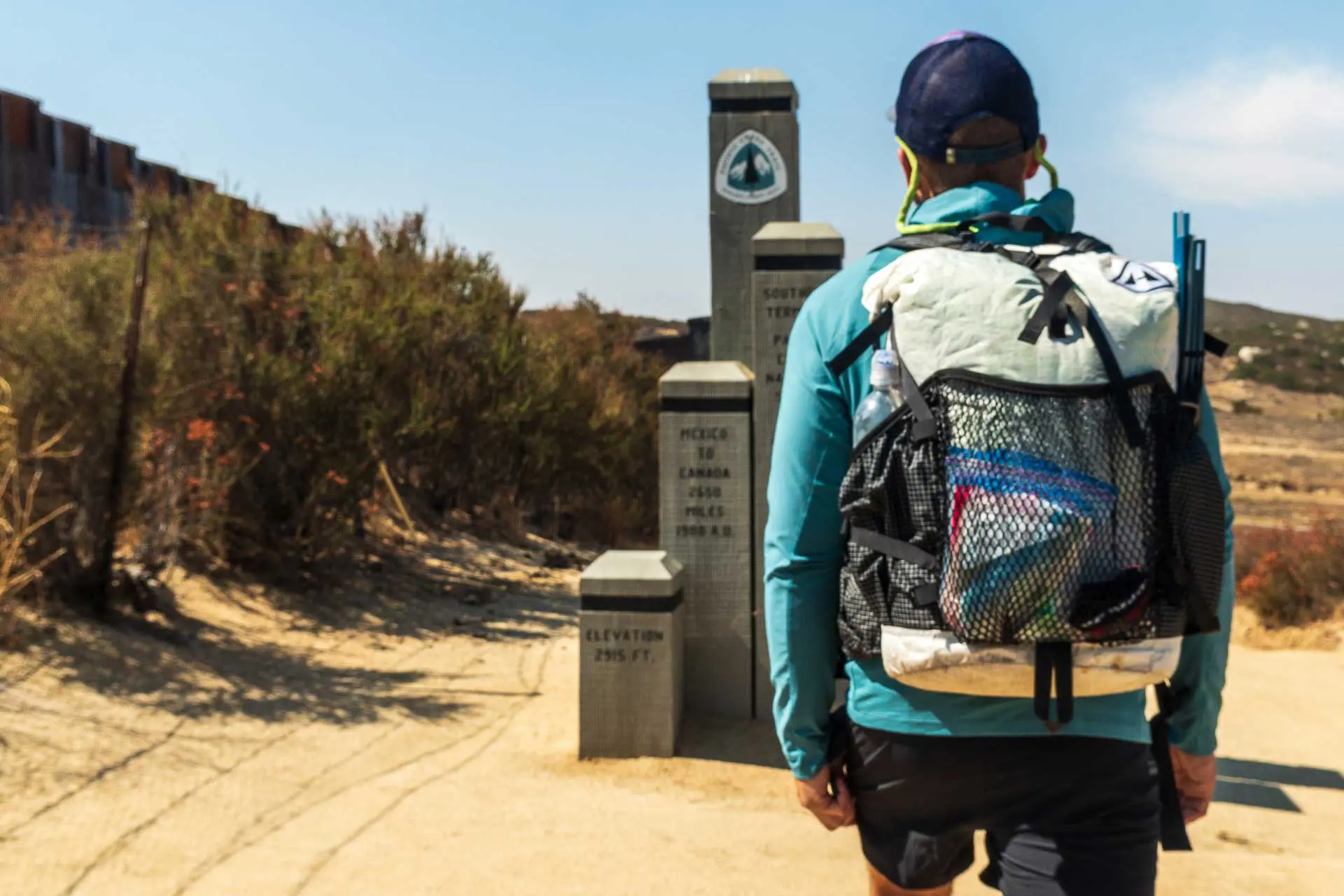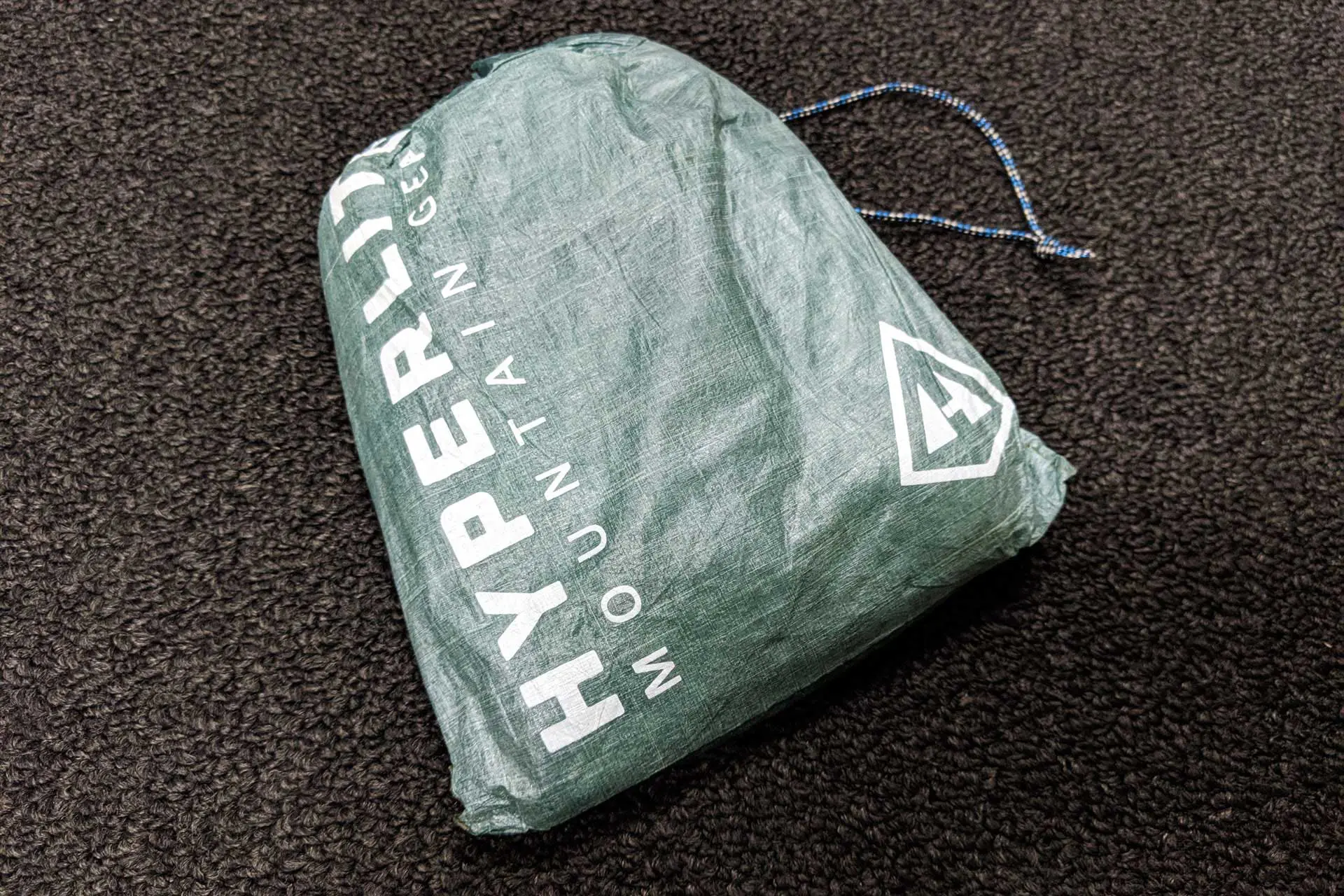Yogi’s Handbook: A Thru-hiking Guide for Squares
As anyone wishing to hike the Pacific Crest Trail will quickly learn, the disorganization of useful resources is quite abysmal (especially for those with no long-distance hiking experience or previous knowledge of the PCT).
It is difficult to know which sources of information are reliable, which are maintained, which are written by ultra-athletic twenty-something year-olds, and which are written by elderly retirees with a completely different set of needs and expectations.
During the research process, many people will come across “Yogi’s Pacific Crest Trail Handbook”, and to many people, this book appears to be a promising resource (if not the resource for their upcoming adventure). However, the handbook is not all it is cracked up to be, and I am here to tell you why you should save yourself $50 and spare yourself the frustration of indulging Yogi’s guide.
The Essence Of The Guide
After sifting through endless blog posts, online forums, and a handful of semi-informative websites, the guide is a welcomed relief to many in the still in the PCT planning stages.
Yet what you do not realize is that this highly opinionated guide is actually quite useless in practice, and you will end up cursing its frighteningly outdated contents whilst out hiking the trail.
There is a “Town Guide” included with the guide, and some people argue that this book, not the guide itself, is what saves them on the trail. With simple maps and, again, opinionated descriptions of each location’s amenities, the information appears useful pre-hike but proves relatively worthless to those out on the trail.
Although Yogi’s guide is written by an experienced hiker, it would seem that this is also her downfall. The plight of the rookie hiker (the target demographic for the book) seems lost in the pages, and instead of introducing and focusing on what’s important, Yogi’s guide is plagued with information useless to a first-time thru-hiker.
The Advice
Much of the “advice” presented in the book is simply the compilation and consolidation of either things that are obvious, things that are way over a beginner’s head, or things that are fundamentally useless to a thru-hiker.
An entire page dedicated to “Bikes On The PCT”? Suffice to say it would be enough to state: no bicycles, motorized or otherwise, are allowed on any portion of the Pacific Crest Trail. You are overloaded with information as it is when planning a PCT hike, the last thing you need is arbitrary anecdotes and opinions.
“Ultralight hiking” is discussed at length in the handbook. What you do not realize as a novice hiker is that if you feel that you need Yogi’s guide in the first place, then you are likely not qualified to go ultralight. You will feel compelled to somehow get your base weight to some unrealistic number that can only be realized by getting out on the trail and learning firsthand what you need and what you do not.
The most useful part (and the only maintained part) of the book is the resupply information located in the index. It simply consolidates information that you can easily pull from Google Maps or Guthook. Should you need additional information you can easily find it online, by asking another hiker, or by calling a place directly to ask about shipping there (using a phone to call somewhere, frightening, I know).
Also, in case you were wondering, the “Pacific Crest Trail Laminated Resupply List” (available at an additional cost to the book) is also a waste of your money.
The Quotes
Quote compilations from former hikers comprise a large part of Yogi’s guide.
At first glance, these quotes appear to be incredibly useful (which is good since they comprise around a third of the entire book), and they were in fact my favorite part of Yogi’s guide (this is of course pre-hike).
However, when you take the time to look more closely, you will find that these quotes are perhaps the worst part of the “guide”. Many of the quotes regarding gear are from a decade or more ago, and most of the equipment recommended is not longer used (if it even still exists).
When you factor in the lists of gear manufacturers’ websites (with little to no explanation as to the quality, products, or why they are even there in the first place), or blatant advertisements written by the companies themselves (which makes you wonder why you are paying an absurd amount for a book filled with ads), the amount of truly useless information in the book becomes quite astonishing.
Half a page of former hikers saying, “Yes, I used a down sleeping bag on the PCT – BRRRRR it got cold!” Really? This information is useful? Perhaps I just fail to see the value in knowing that Teatree from 2003 “sleeps very cold”, or that Glory bought “a second-hand fleece shirt for $1.50”, and how this has anything to do with me.
The Solution
I do not think it is fair to criticize something and then to not offer a solution to those wishing to take my advice.
So what am I doing to do about it?
I am currently working on a rough guide for future PCTers (The Ultimate Pacific Crest Trail Strategy Guide to be precise), and upon its completion (hopefully in time for it to be made useful and available to the next class of hikers) it will be made available for free on this very website.
The fruits of the above labor have simply resulted in this blog and all the PCT-related information contained within it. If you really feel compelled to pay for something because that will make you feel like the information is more relevant or important, feel free to support Halfway Anywhere on Patreon.
If you have any questions or you would like to contribute to the project, please get in touch with me here.
